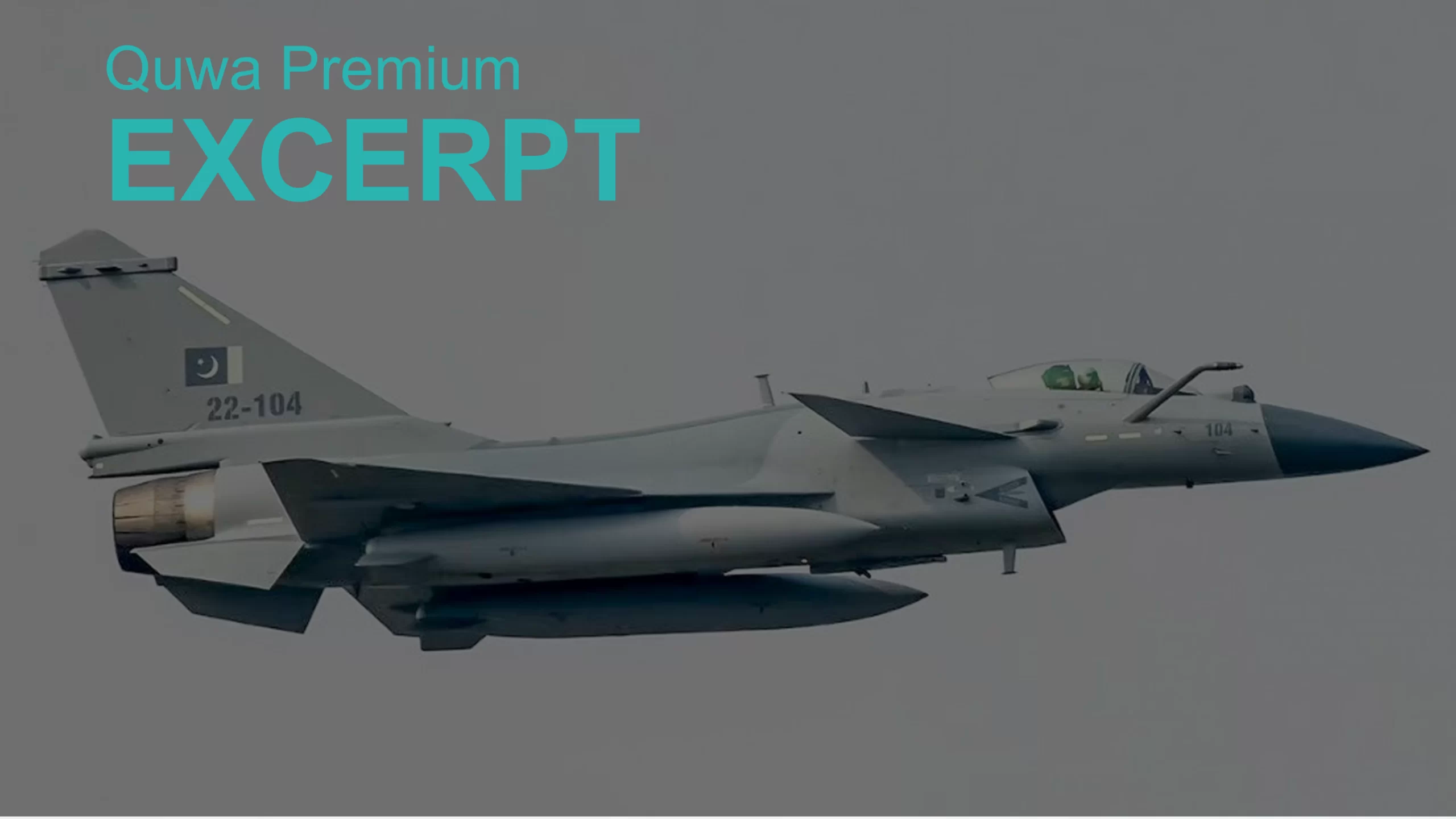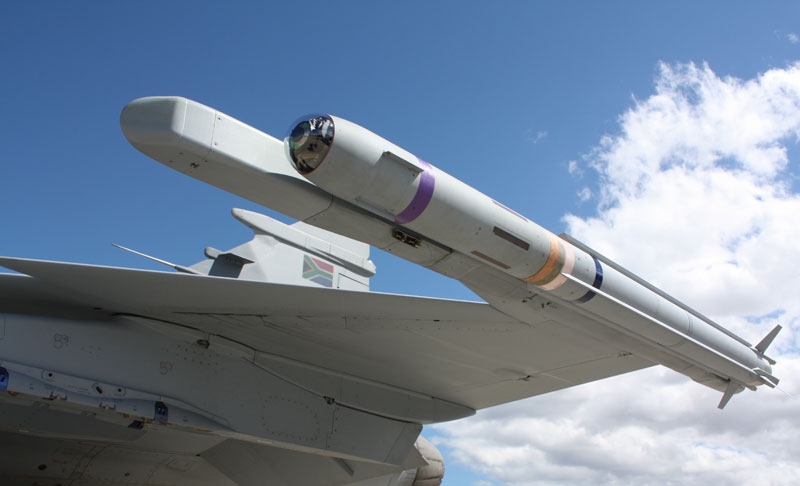3460Views

The Post-Swift Retort Environment: Four Years Later
In February 2019, the Pakistan Air Force (PAF) and Indian Air Force (IAF) clashed in a brief, two-day and two-event skirmish involving both air-to-air and air-to-surface exchanges. In the midst of all the narratives, claims, and counter-claims, the clash resulted in the definite loss of one IAF MiG-21bis.
However, since the clash, both Pakistan and India both carried out a series of major modernization steps – some a result of plans predating 2019, or in response to it. Hence, the air warfare climate of South Asia is, arguably, one of the most complex and highest-stakes environments in the world.
Background
On 26 February 2019, the IAF had sent six Mirage 2000Hs armed with Rafael SPICE 2000 stand-off range (SOW) weapons. The IAF’s Mirage 2000Hs were reportedly escorted by Su-30MKIs and further supported by a pair of ERJ-145-based airborne early warning and control (AEW&C) aircraft.
The IAF apparently initiated its attack at stand-off range (i.e., from within Indian airspace) against targets in Balakot in Pakistan. The PAF claims that it sent F-16s and JF-17s to respond to the incoming IAF fighters.
The next day, in the early hours of 27 February, the PAF send its retaliatory package comprising of two JF-17s, four Mirage III/5s, and a large assortment of multirole fighters (F-16 and JF-17) in the escort as well as patrol roles. This force was further supported by the PAF’s Saab 2000-based Erieye AEW&C and Falcon 20-based electronic attack (EA) and electronic countermeasure (ECM) aircraft.
In total, the PAF may have deployed upwards of 18 to 24 fighters, most of which were multi-role, though the remainder (i.e., four Mirage III/5s) were SOW specialists. The PAF dubbed its operation, “Swift Retort.”
If the PAF believed it was successful with Swift Retort, then it certainly stood up for it by investing in the exact areas that worked in 2019. For the PAF, the success of Swift Retort rested on the following pillars – i.e., multi-role fighters with long-range air-to-air missiles (LRAAM), electronic support assets, and long-range air-to-surface strike capability through a variety of SOWs.
New Fighters
Following Swift Retort, the PAF ordered and inducted an entirely new fighter type into its fleet – i.e., the J-10CE alongside the PL-15E LRAAM. In 2020, the then PAF Chief of Air Staff (CAS) said, “…if the acquisition of a new fighter fits into our doctrine then we will try to acquire it.”[1]
It seems that the experience of the operation played a role in seeking the J-10CE. In fact, the PAF seemed to have expedited the induction program as it received the aircraft within a year of inking the contract. In most cases, it would take at least two years to induct a new aircraft from the time of closing a deal.
However, the J-10CE acquisition was likely in lieu of the PAF’s inability to acquire additional F-16s (new-built and used) from the U.S. and third-parties in earlier years. From a technical standpoint, it would have been easier to add F-16s to the fleet and leverage the existing operating infrastructure.
Hence, the J-10CE filled a gap in the procurement roadmap left by the apparent block on new advanced-model F-16s (like the Block-72). In fact, through the J-10CE, the PAF added an active electronically scanned array (AESA) radar paired with a new LRAAM (with a range of at least 145 km), and an actual combination of helmet-mounted display and sight (HMD/S) with high off-boresight air-to-air missile (HOBS AAM). Prior to the J-10CE, only the F-16 had an HMD/S, but it lacked a HOBS AAM like the AIM-9X.
Thus, the J-10CE is a ‘complete’ package, especially from an air-to-air standpoint. However, the PAF seems to be bringing a similar package to the JF-17 via the Block-3. It seems that the JF-17 Block-3 will utilize the same HMD/S as the J-10CE alongside the PL-15E LRAAM and PL-10E HOBS AAM.
Now, unlike the F-16 and JF-17 mix in 2019, the J-10CE and JF-17 Block-3 combination may be much more interoperable thanks to shared platform inputs. Yes, one should expect the J-10CE to have an AESA radar with a higher transmit/receive module (TRM) count than the Block-3. However, because the PAF single-sourced the radars and other avionics inputs, the level of network enablement between the two platforms may be deeper compared to say the JF-17 and F-16.
Moreover, the two fighters would use the same LRAAM and HOBS AAM stocks, so the PAF can generate economies-of-scale and logistics streamlining…
End of Excerpt (738 / 1,793 words)
You can read the complete article by logging in (click here) or subscribing to Quwa Premium (click here).
For more Pakistan Air Force news and analysis, see:
- Pakistan Adds to JF-17 Value Proposition with Taimoor ALCM
- J-10CE and JF-17 – Pakistan’s Emerging High-Low Mix
- IDEAS 2022: The JF-17 Reaches a Key Maturation Phase
[1] Alan Warnes. “Operation Swift Retort: One Year On.” Air Forces Monthly. April 2020. Page 35. URL: https://airforcesmonthly.keypublishing.com/the-magazine/view-issue/?issueID=8176


